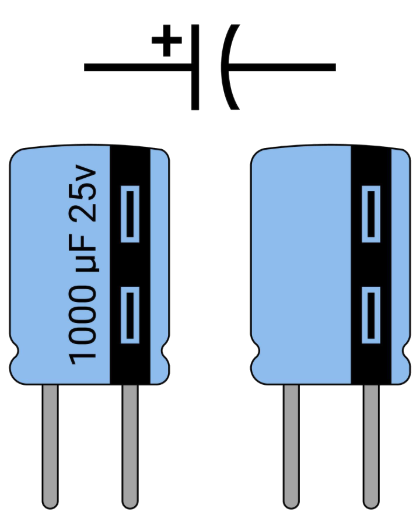Understanding Capacitors: The Energy Storage Heroes of Electronics

If you’ve ever wondered how your favorite gadgets stay stable, smooth out power, or time signals precisely — the answer often comes down to one simple component: the capacitor.
A capacitor is like a tiny rechargeable battery, but it works differently. Instead of storing chemical energy, it stores electrical energy in an electric field between two conductive plates separated by an insulator (called a dielectric). When voltage is applied, the capacitor charges up; when it’s needed, it releases that energy almost instantly.
⚙️ How Capacitors Work
When you connect a capacitor to a power source, electrons pile up on one plate, creating a negative charge, while the other plate loses electrons and becomes positively charged. The dielectric between them prevents direct current flow but allows an electric field to build — that’s where the stored energy lives.
When the circuit needs a boost, like when voltage dips or a signal changes quickly, the capacitor discharges its stored energy back into the circuit.
🔋 Common Uses of Capacitors
- Smoothing Power Supply – Reduces voltage fluctuations in DC circuits.
- Timing Circuits – Used with resistors to control timing in blinky LEDs or oscillators.
- Signal Coupling and Filtering – Allows AC signals to pass while blocking DC.
- Energy Storage – Keeps devices powered momentarily when power flickers.
- Motor Start Circuits – Provides the initial jolt of current to start AC motors.
🧠 Types of Capacitors
- Electrolytic – High-capacitance values, often used for power filtering.
- Ceramic – Compact and fast for high-frequency circuits.
- Tantalum – Stable and precise, great for compact designs.
- Film – Reliable and low-loss, often used in audio or precision circuits.
- Supercapacitors – Massive storage for energy backup or hybrid power systems.
💡 Real-World Example
In an Arduino circuit, capacitors are everywhere — smoothing out sensor power lines, helping timing circuits stay accurate, and ensuring stable communication with modules like WiFi or displays.